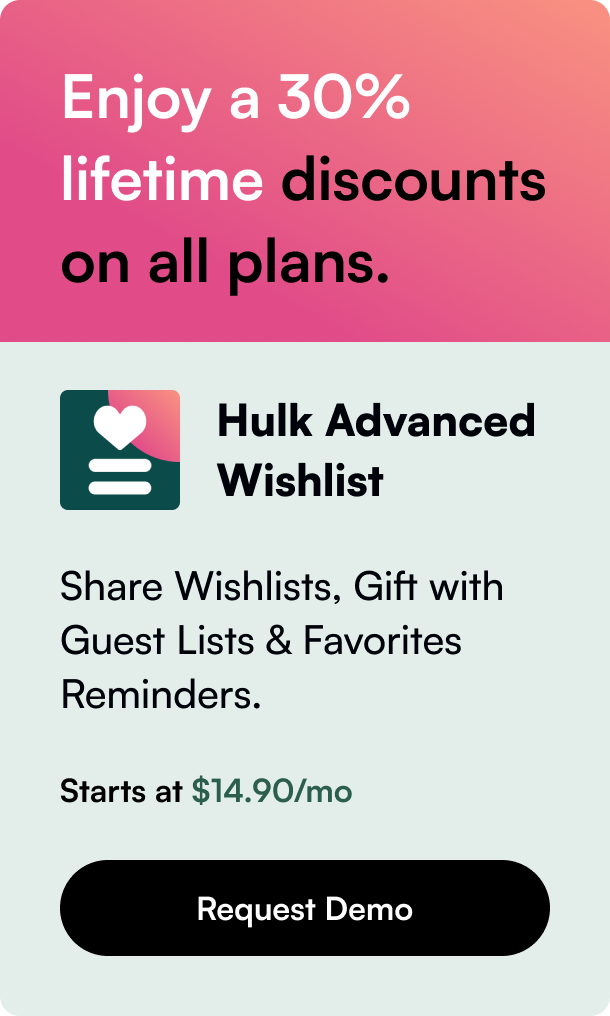Table of Contents
- Introduction
- Transforming Thank You Emails into a Branding Tool
- Multi-Lingual Considerations for Global Reach
- The Legal Essentials: Tax Numbers and Duties Information
- Payment Terms and Conditional Messaging
- The Aesthetics: Styling and Design Flexibility
- Email Marketing Tools Integration
- Managing Expectations and Streamlining the Process
- A Note on Omnisend and Shopify 'Thank You' Integration
- Personalizing Your Emails: Beyond the Basics
- Engaging Content: The Crucial Ingredient
- Evaluation and Analytics: Understanding Impact
- The Ultimate Checklist for A Top-Notch Thank You Email
- Conclusion
- FAQ Section
Introduction
Have you ever thought about how a simple email can uplift your customer's post-purchase experience? Surprisingly, a Shopify "thank you for your order" email is more than just a courteous gesture; it can be a strategic asset in your brand building and customer retention efforts. The power of a well-crafted thank you email should not be underestimated—it's an opportunity to engage, induce loyalty, and drive further purchases. With the right approach, the post-purchase communication turns into a catalyst for an ongoing customer-brand relationship. Through this blog post, we’ll guide you to refine and leverage your Shopify thank you email to positively impact your business while ensuring your customers feel valued and appreciated.
Transforming Thank You Emails into a Branding Tool
Creating a memorable customer experience doesn't end at checkout. Your thank you email is a valuable touchpoint where you can reinforce your brand identity. By incorporating elements such as your logo and brand colors in the email template, you ensure brand recall even after the purchase is complete. When customizing your email notifications in Shopify, keep accessibility in mind—allowing your creatively designed emails to be a pleasant surprise for every customer, regardless of the device they're using.
Multi-Lingual Considerations for Global Reach
If your business serves a global audience, language customization is crucial. Shopify's multilingual support ensures customers receive emails in their preferred language, thus personalizing the experience. Consider revising your thank you emails to be inclusive in language, respecting the diverse customer base your brand caters to.
The Legal Essentials: Tax Numbers and Duties Information
Navigating the legalities and ensuring compliance is a critical aspect. If you're required to disclose your tax registration number (like GST in Australia, Canada, and India, or VAT in the European Union), having this information on your thank you email not only complies with legal requirements but also prompts trust and transparency. Similarly, clarity on duties and taxes in the confirmation email mitigates future customer inquiries and concerns.
Payment Terms and Conditional Messaging
Clearly stating payment terms and incorporating dynamic order details into your email templates provides your customers with all the necessities at their fingertips. It saves time for both sides and establishes professionalism. Conditional messages targeting specific events or customer actions can optimize the relevancy and timeliness of the information shared.
The Aesthetics: Styling and Design Flexibility
In regards to design, the flexibility of styling with inline CSS means that even without extensive HTML skills, basic branding can be sufficiently handled in Shopify's notification templates. An attractive and responsive design elevates the thank you email from a mere transactional communication to a more engaging brand contact point.
Email Marketing Tools Integration
The Shopify ecosystem offers numerous integration options with third-party email marketing tools that specialize in automated thank you messages. Harness these capabilities to set up automated mail campaigns that align with your branding and track the performance of these emails through detailed analytics tools.
Managing Expectations and Streamlining the Process
Automatic emails, like order status updates, guide your customer through the post-purchase experience. Keeping the tracking number and status clearly visible gives your customer peace of mind. Test this process thoroughly, and ensure that any third-party tracking site or tool you use is effectively linked within the emails sent out, thereby taking control of the customer experience and managing expectations.
A Note on Omnisend and Shopify 'Thank You' Integration
When using integration tools such as Omnisend in conjunction with Shopify, ensure that your customer receives only one, solid thank you or order confirmation email. Configure settings to avoid redundancy that might irk your customers with unwarranted communications.
Personalizing Your Emails: Beyond the Basics
Building on the technical aspects, the goal is to transform a templated email into a personalized conversation with your customer. Include personalization details like the customer’s name, order details, and possibly, recommendations based on their buying patterns. Incorporating these elements builds a stronger customer experience that resonates with the individual rather than treating them as one in a crowd.
Engaging Content: The Crucial Ingredient
Interactive content—be it through images, social media links, or even a simple yet impactful message—converts the otherwise routine transactional email into a compelling part of the customer journey. Aim to include content that captivates and adds value—perhaps a little snippet about how to get the best out of the purchased product, an invitation to join a loyalty program, or a teaser for upcoming deals.
Evaluation and Analytics: Understanding Impact
It’s imperative to evaluate the impact of your thank you emails. Monitor open rates, click-through rates, and direct responses to assess how your thank you emails fare. Use this data to refine your strategy and tailor future communications for better engagement.
The Ultimate Checklist for A Top-Notch Thank You Email
Setting up a superior Shopify thank you email involves blending visual aesthetics and delivering essential information in a tone that matches your brand's voice. Have you included everything necessary while making sure the design is responsive across devices? Does it carry the specific legal information that your business must include? Is the language reflective of your customer base's diversity? Have you managed to add a personal touch while keeping the communication automated and accurate?
Conclusion
A thank you email is not just a formality—it is an essential element of your customer service and an extension of your marketing strategy. By optimizing your Shopify thank you email to be comprehensive, engaging, and on-brand, you establish deeper connections with your customers and create opportunities for repeated sales. Keep your communications authentic, helpful, and responsive, and your customers are bound to come back for more delightful experiences with your brand.
FAQ Section
Q: How can I add my brand's logo to my Shopify thank you email? A: In your Shopify admin, navigate to 'Settings', then 'Notifications', and select the email template you wish to modify. You can add your logo directly in the template editor under the section 'Add a logo to your email templates'.
Q: Is it possible to send a Shopify thank you email in multiple languages? A: Yes, if you have a multilingual store set up and the appropriate language templates, Shopify will send the thank you email in the customer's chosen language.
Q: How do I ensure that my thank you email is mobile responsive? A: Use inline CSS and Shopify's template editor to style your emails to ensure that they are responsive on all devices. Preview your changes on various devices before finalizing.
Q: Can I personalize my Shopify thank you emails? A: Absolutely. Use Shopify's liquid variables within the email templates to include personalized information such as the customer's name, order details, and more.
Q: Should I turn off Shopify's default order confirmation email if I'm using a third-party app like Omnisend? A: Not necessarily. You can edit the default Shopify email to be a simple thank you note, and use the third-party app to send detailed order confirmations to avoid duplicate emails. Always make sure to synchronize both properly.
Built to inform, thanks to programmatic SEO.








